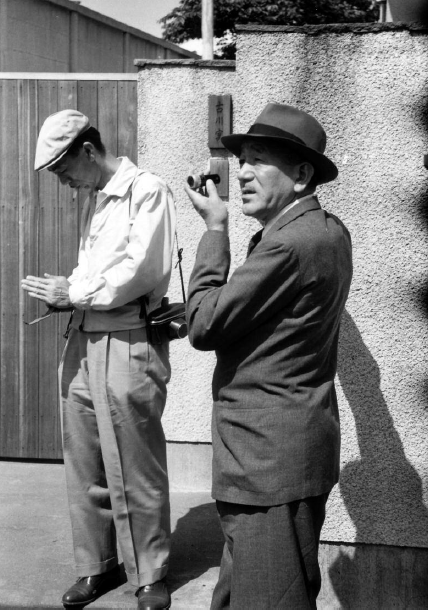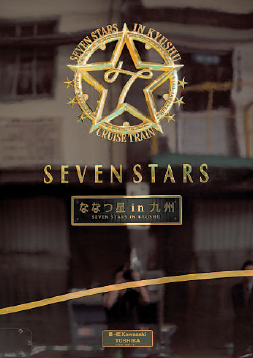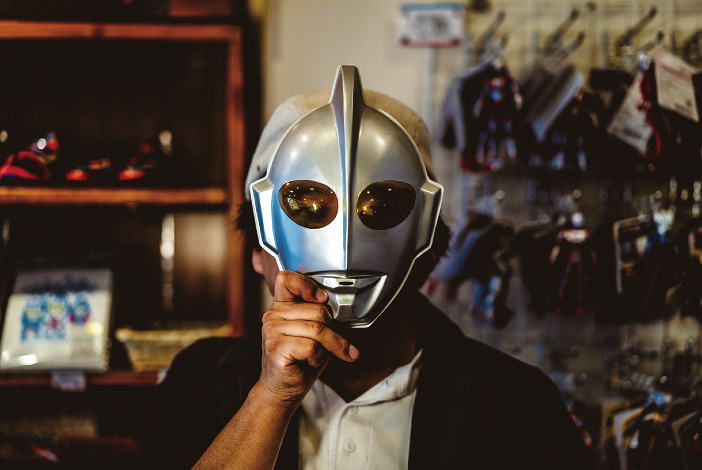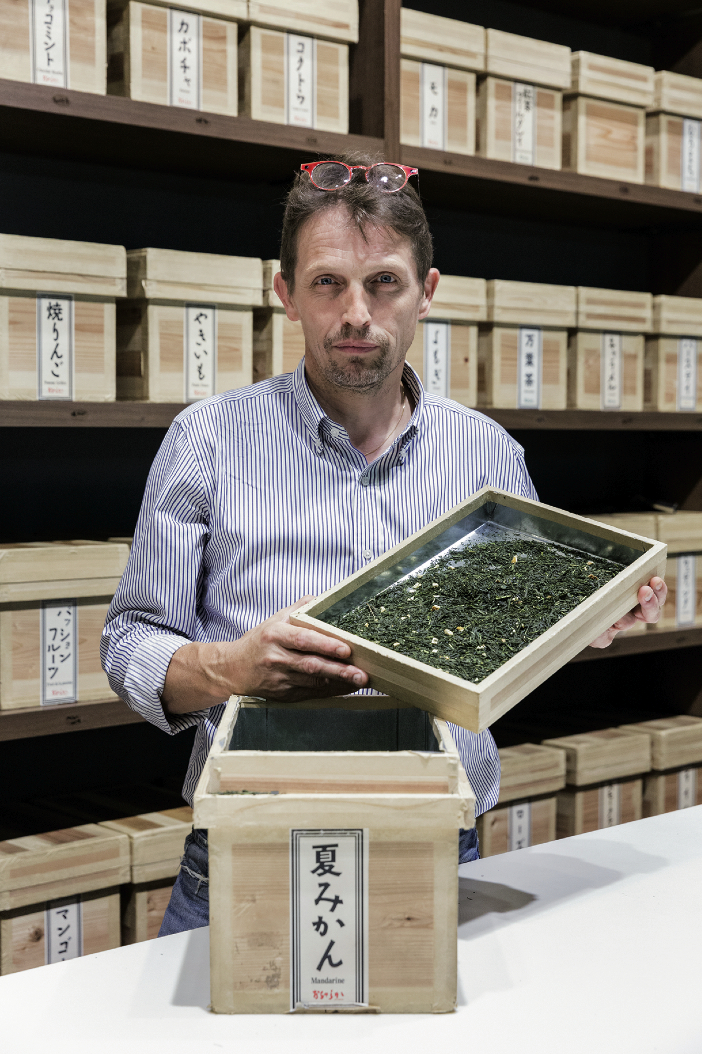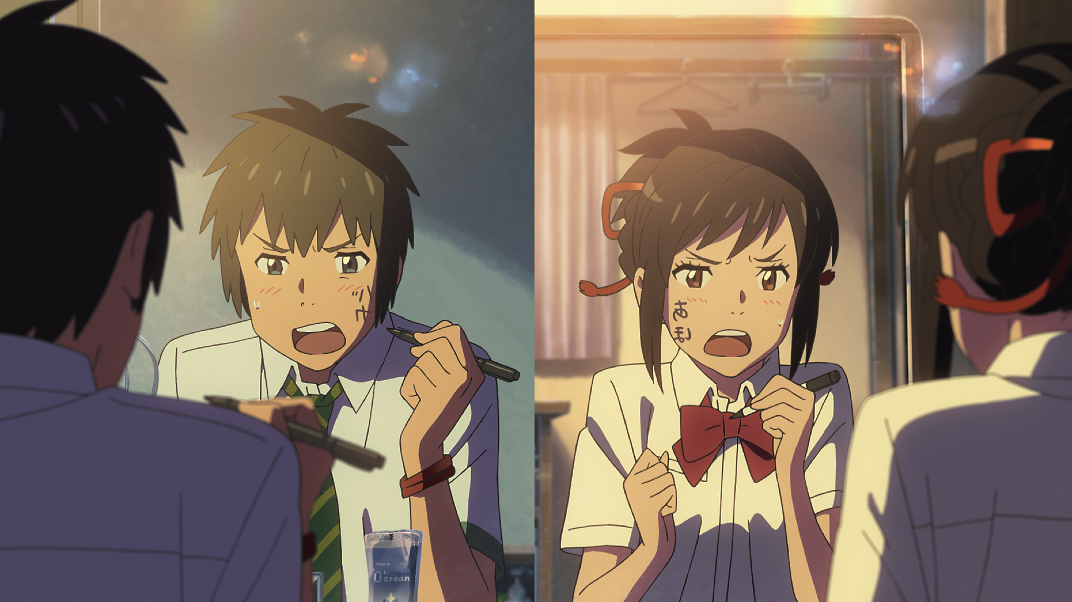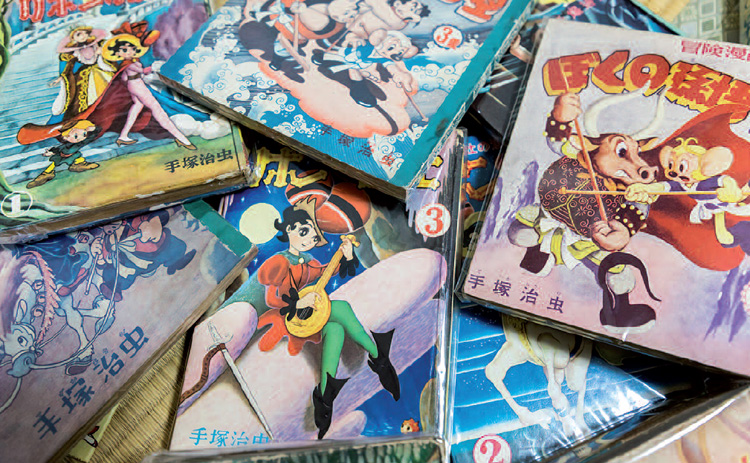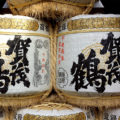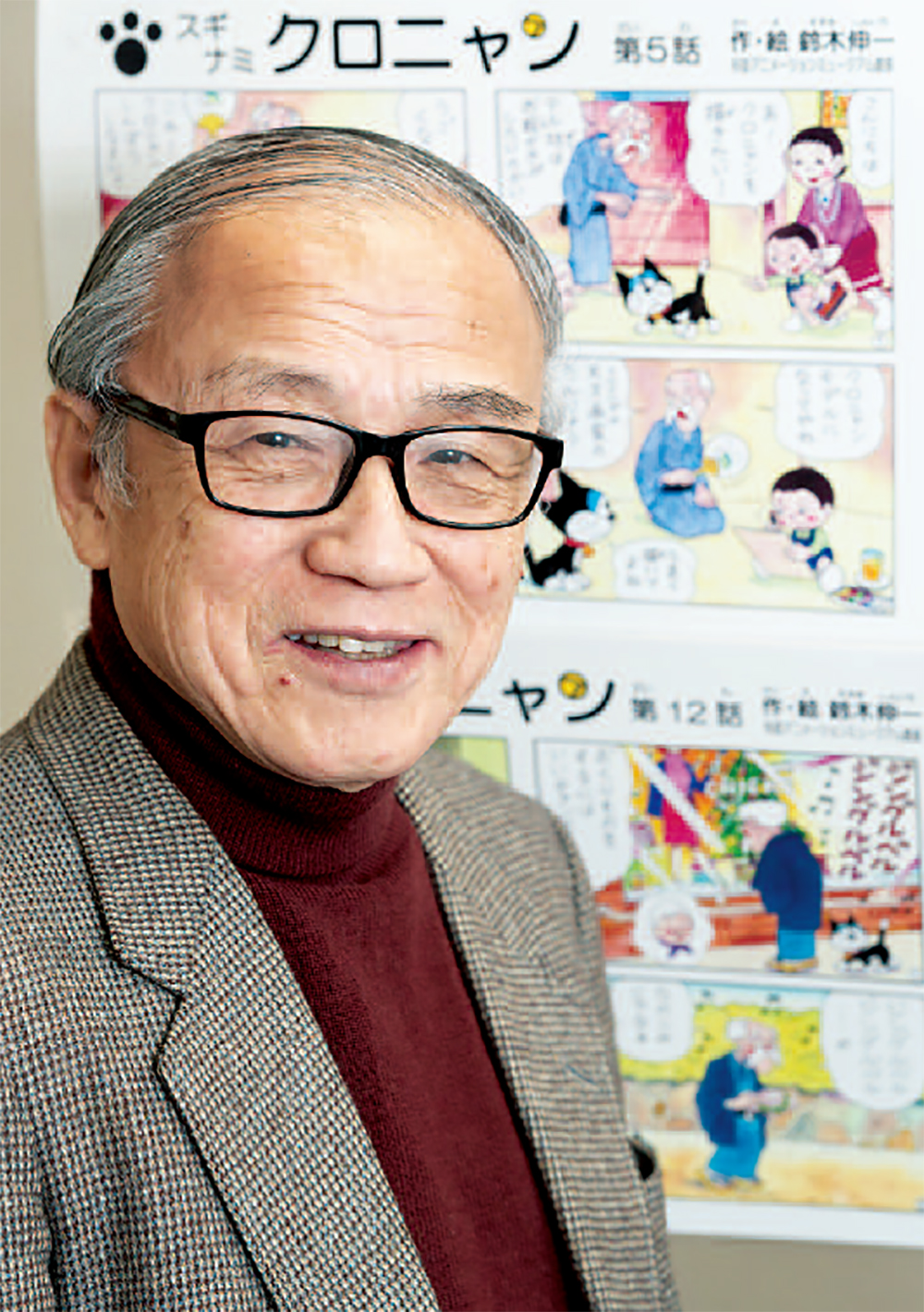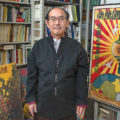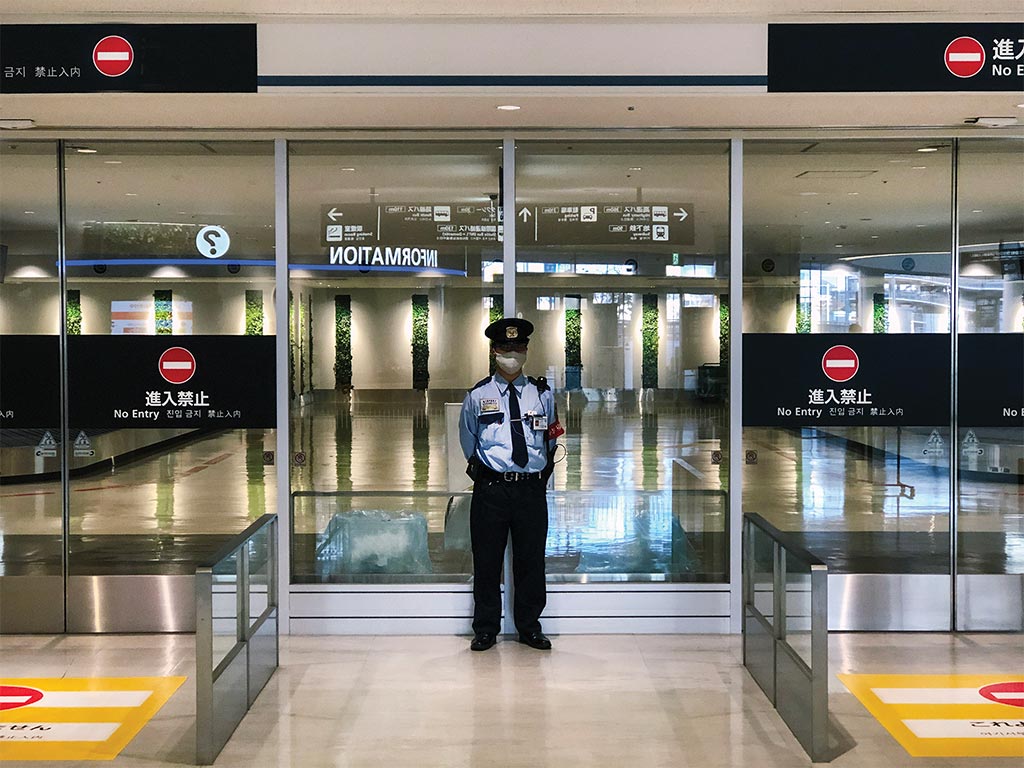
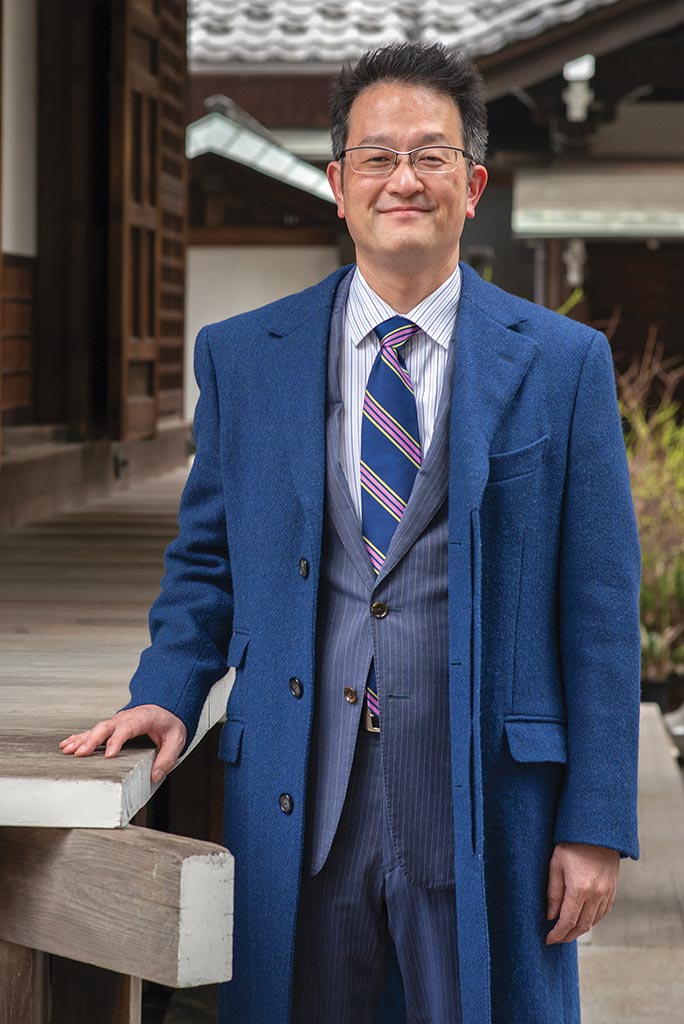
According to writer Ito Gaichi, the spirit of closure remains deeply ingrained, especially among the older generation.
Before the Covid-19 pandemic wreaked havoc on our lives, Japan had become one of the world’s hottest tourist destinations, attracting millions of tourists every year. However, there was a time between the early 17th century and 1853 when very few foreigners were permitted to enter Japan thanks to a number of edicts devised by the shogunate. This isolationist foreign policy became known as sakoku or “closed country”. Since 2020, the rest of the world has been forced to follow the example of the old Tokugawa regime and limit the damage caused by the virus by restricting international travel. Yet while many countries are gradually reopening their frontiers, Japan remains mostly inaccessible in spite of increased pressure by business groups and the academic world to reconsider its overly strict border policies. Zoom Japan talked to lecturer and writer Ito Gaichi about the idea of sakoku throughout Japanese history.
Sakoku seems to be a popular concept in Japan.
Ito Gaichi: You have to keep in mind that in the past, isolationist policies were applied even inside the country. I mean, throughout Japan each feudal estate was isolated, and travelling long distances was very difficult and regulated by strict laws. Today, we are almost back to that same situation. The pandemic hasn’t only made flying abroad almost impossible, especially to and from Japan, even visiting other prefectures is difficult. Of course, there are no real borders or barriers like during the Edo period, but people are so scared now of the virus that visitors from other prefectures are not welcome anymore. I often travel for my work, and when I recently went to Tohoku (north-east Japan) I got a very cold reception. While they never said it openly, their attitude was like, why did you come here? It was almost like the virus had arrived. In a sense, right now, a borderless society only survives on the internet.
Generally speaking, national isolation or autocracy are not seen favourably. However, during the Edo period, Japan was able to thrive, at least in some respects. Why is that?
I. G.: First of all, the origin of the word sakoku comes from the fact that Engelbert Kaempfer, a German doctor who travelled to Japan in the 17th century, wrote a history of Japan. When, in 1801, astronomer Suzuki Tadao translated part of Kaempfer’s writings, he came up with the term sakoku. However, in the Edo period, Japan was not as isolated as the word implies. In fact, the Edo shogunate kept in touch with the outside world through four different places:
– Nagasaki was under the direct control of the shogunate and was also the most important of these places. Here, they traded with the Dutch East India Company though there were no official diplomatic relations with the Netherlands.
– Tsushima was where the local feudal clan was allowed to trade with Korea. Tsushima is the closest island to the Korean Peninsula and had been trading with Korea since the Muromachi period (1336-1573). At that time, the shogun and the King of Korea had some sort of diplomatic exchange, and a Korean delegation came to Edo via Tsushima.
– The Satsuma domain (present-day Kagoshima Prefecture) was the point of contact with the Ryukyu Kingdom (present-day Okinawa Prefecture). The Shimazu clan invaded the Ryukyu in 1609 and established trading relations with the kingdom and, indirectly, with China.
– The Matsumae domain in Ezo (present-day Hokkaido) was permitted by the shogunate to trade with the local population, the Ainu, before the island was annexed to Japan in the 18th century.

In other words, while being officially isolated, Tokugawa Japan actually had exchanges with the Netherlands, China, Korea, the Ryukyu and Ezo, which were separately governed (i.e. not under Tokugawa rule). Back to your question, Edo-period Japan managed to prosper because the shogun imposed the so-called Pax Tokugawa: for more than 250 years, Japan didn’t get involved in international disputes. It’s like if you live downtown, and you decide not to go outside your condominium to avoid having to deal with all the madness out there (laughs). At the same time, the authorities were able to check the few people who managed to enter the country and decide whether their presence had a positive or negative influence on Japan. That’s why, for example, Christianity was banned.
As for sakoku’s effect on Japanese society, I think the biggest thing was the blossoming of a truly unique, original culture. Think about ukiyo-e. When those artworks were exhibited at the 1867 Paris Expo, they caused a sensation, a little bit like the Impressionists. Nobody had seen anything like that before, and many French and European artists were influenced by Japanese visual art. That took many Japanese by surprise because they didn’t think those prints were so valuable. At the same time, Japan was able to acquire news and information from overseas through the Dutch East India Company, though, of course, that information was monopolised by the shogunate.
On the one hand, the economy at the end of the Edo period was in a bad state. The problem was partly structural and partly due to the particular conditions at the time such as climate-related problems. In Japan, in the 18th century, temperatures were generally low, and several years of bad weather resulted in bad crops. That was a big problem for the shogunate since the local economy and the tax system were based on rice cultivation. Trade, on the other hand, only contributed 10% of the national income. As a consequence, a lot of people were poor and lived in miserable conditions.
It’s true that in the age of globalism, everything looks and feels the same. Edo-period Japan, on the other hand, was a sort of cultural Galapagos.
I. G.: Exactly. At the beginning of the Meiji period (1868-1912), the slogan “Wakon Yosai” expressed the government’s attitude toward the rest of the world. It literally means, “cherish the ancient spirit of Japan while using the best knowledge and technology from the West”. They aimed to harmonise the two things while preserving national culture. Even today, you can see how popular Japanese subcultures are in Asia, Europe and America. It’s thanks to this originality that so many tourists visit Japan. Manga is so successful exactly because it’s very different from foreign comics. The interesting thing is that though Japan is a relatively small island country on the edge of the Far East, it has a large population and a huge consumer culture, and whatever happens or is trendy in Japan quickly catches the attention of international fans thanks to the internet.
Currently, the Japanese government is aiming to attract as many foreign tourists as possible while excluding immigrants and refugees. What do you think about that?
I. G.: In Japan there is a parliamentary system with a National Diet and a Cabinet, and the members of the Diet are elected from all over the country. Those politicians act as their prefecture’s spokespersons and advance their particular interests, which means that you can’t become a member of parliament unless you win a popular vote. If you are a bureaucrat and pass the national civil service examination, you can easily keep your job and even advance your career through the seniority and merit system. But politicians need popular support. They may have certain ideas about society and the economy but in the end they must please their constituency and the interest groups that lobby for them, otherwise they run the risk of losing the election. And as soon as they win, they start thinking about how they can keep their seat.
I made this long preamble to explain that, unfortunately, the current national feeling about foreigners is that they are okay as long as they visit Japan, spend a lot of money and then go home. Local communities all over Japan do whatever they can to attract foreign tourists. But when it comes to immigration, that’s a different story. The Japanese like to separate the inside and the outside – uchi and soto – not only in relation to foreign affairs but even within Japanese society. Japan is an island country, after all, so I guess it can’t be helped.
That being said, the younger generations have become fairly global and the number of children with mixed-racial ancestry is slowly increasing. Even my generation isn’t all that conservative. I don’t feel that different from people in their twenties. However, Japan has a declining birthrate and a sizeable aging population whose values are still old-fashioned. Those are the people who still decide the outcome of an election. When the voting age was lowered from 20 to 18, many commentators said that it would inject new ideas and attitudes into the electorate, but as a matter of fact, it only expanded the electorate from 82% to 84% of the population. I’m afraid we’ll have to wait for all the old people to die before we can see a real change in the national mentality.
Personally, I believe that there are many merits in accepting immigrants and refugees. It’s not just about securing a wider workforce; it’s about being more globally-minded. At the same time, I don’t find Japan very attractive. It’s safe and clean, that’s true, but it has lost much of its old economic attractiveness, like during the Bubble years. Therefore, I wonder how many foreigners really want to move to Japan.
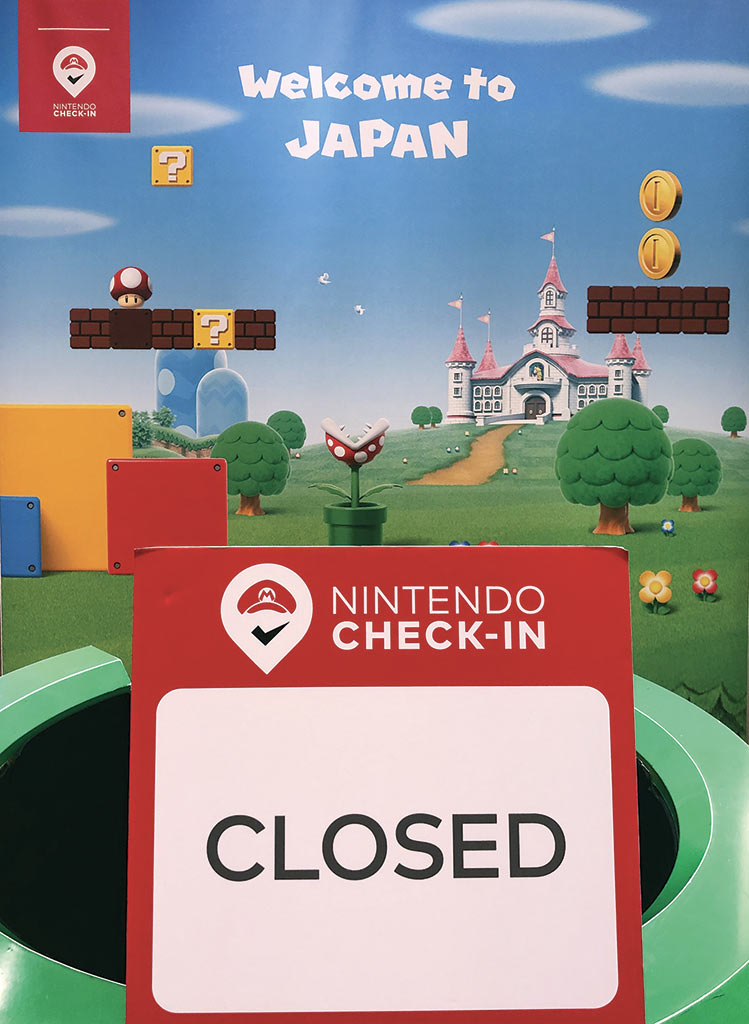
What you said about popular attitudes towards immigration may be true. On the other hand, it’s true that more and more Japanese are refusing to do certain manual jobs, like working in a convenience store, and the only people available are foreigners.
I. G.: You’re right, but it’s also true that not everybody in Japan is overly concerned about these issues. It’s usually the intellectuals who spend time studying them. Ordinary people just accept the situation as it is. If there’s a shortage of workers in a certain sector, so be it. Not enough people working in convenience stores? Okay, let’s just shorten the opening times. And anyway, we may have a distorted view of the situation because we live in Tokyo. In reality, if you travel around Japan, you realise that most people working in small-town convenience stores are old ladies. Foreigners only stand out in the big cities. Likewise, if you don’t work in a factory, you may not know that they are full of Brazilians. Many Japanese are just not aware of these things, especially now that fewer people read the newspaper or watch the news on TV. The school system is the same. If you major in science or engineering, you don’t need to learn history or geography. Education in Japan is very compartmentalised. I mean, it’s only now because of the war with Russia that some people realise Chernobyl is in Ukraine.
The pandemic is not over yet and the “new normal” is getting longer than we thought. What should Japan do to prosper during such a time? I. G.: Every person, group or country excels in some things while not being so good at other things. The Japanese should definitely focus on what they do well and make sure that the rest of the world knows about it. After all, the international community is like a jungle, and every country tries to emphasise its strengths. For me, culture is Japan’s trump card, be it traditional culture such as kabuki (performance art) or modern popular subcultures such as manga or anime.
Interview by Gianni Simone

